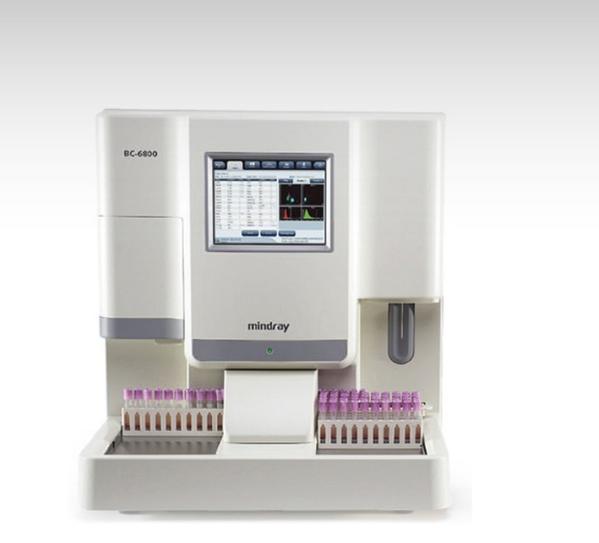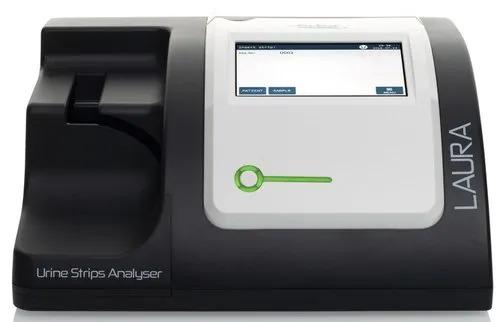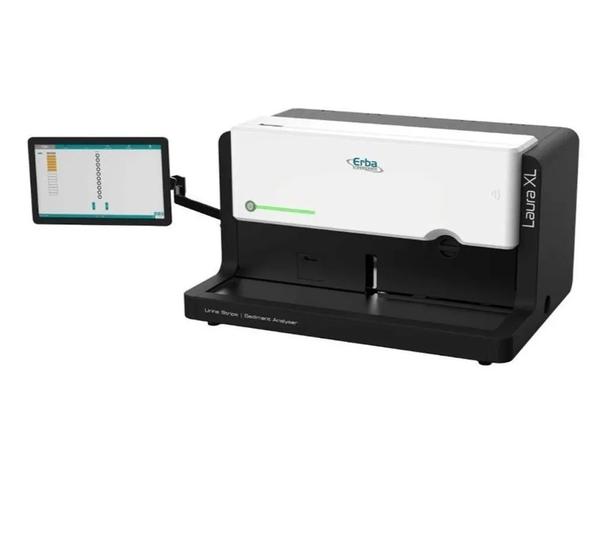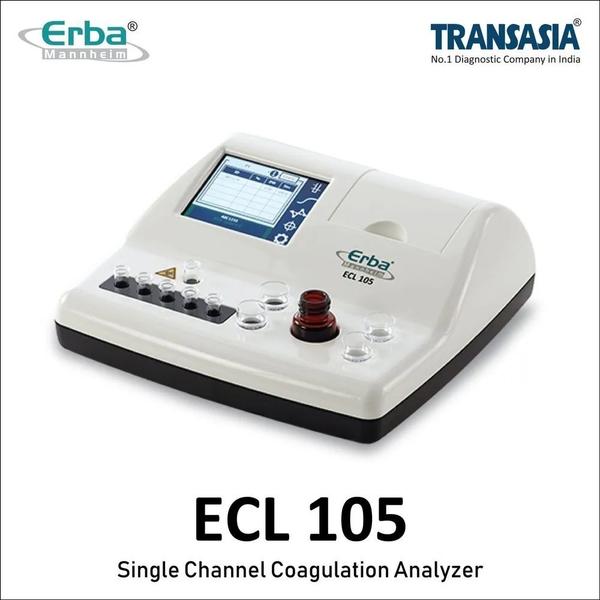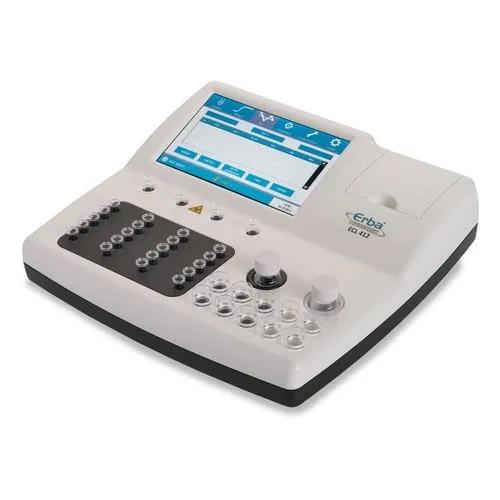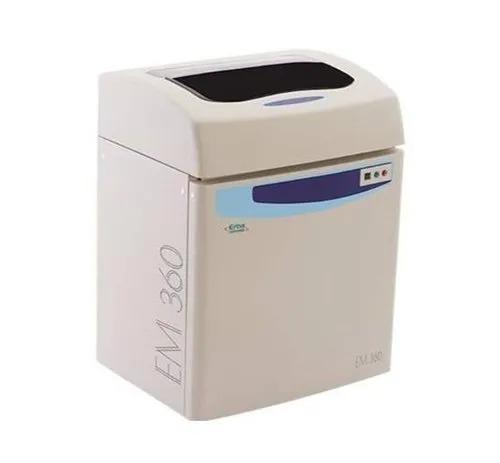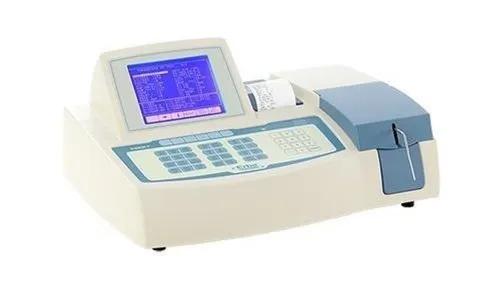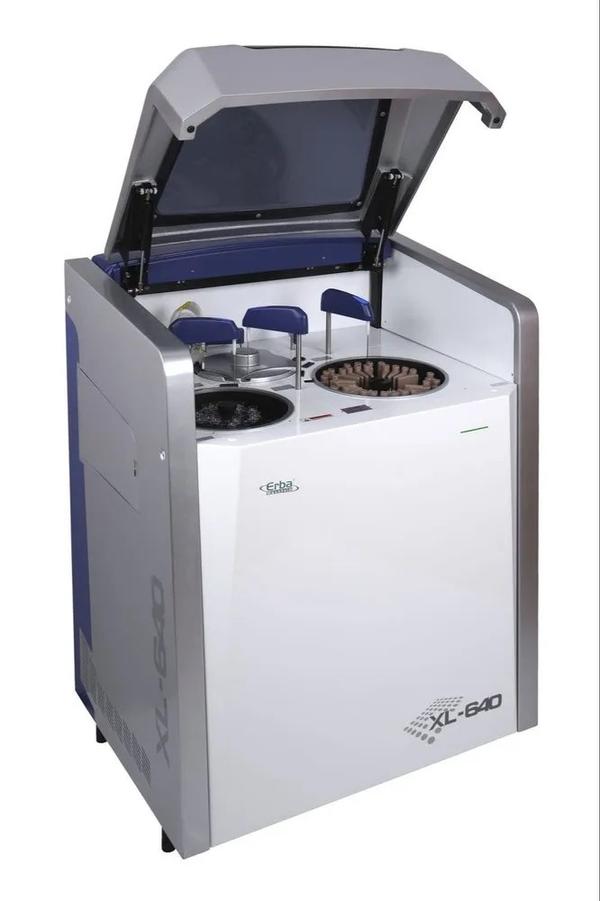The ADVIA® 1800 Clinical Chemistry System pushes the limit of productivity. Its extensive menu allows integration of testing for clinical chemistry, drugs-of-abuse, therapeutic drug monitoring (TDM) and specific proteins such as cystatin C and CardioPhase® hsCRP. The ADVIA 1800 Clinical Chemistry System offers: Throughput of up to 1,800 tests per hour to keep pace with workload peaks 200 basic metabolic panels per hour to meet turnaround-time demands Large onboard reagent capacity and optional concentrated reagents to reduce interruptions Optimal standardization of reagents and systems for efficient consumable usage Refrigerated onboard storage of controls and reagents for extended stability and increased productivity Automation-ready design: no additional hardware required Features & Benefits The ADVIA 1800® Clinical Chemistry System pushes the limit of productivity in the core lab and meets the turnaround-time (TAT) goals of today’s laboratories. Its extensive menu allows integration of general clinical chemistry testing with testing for drugs-of-abuse, TDM, special chemistry, and specific proteins such as cystatin C and CardioPhase® hsCRP. Automation-ready design Point-in-space aspiration enables connectivity to a track, VersaCell® System. Redundant sample loading provides built-in backup and easy handling of non-routine samples. Direct sampling from track prevents tubes being detained at an analyzer and reduces aliquoting. Peak productivity Throughput of up to 1,800 tests per hour provides the speed to keep pace with workload peaks. Throughput of 200 basic metabolic panels per hour helps to meet turnaround-time demands. Automatic Sample Retain technology lets you perform reruns and dilutions without the need to retrieve primary tubes. Consolidate chemistry testing on one system with a comprehensive menu, consistent cycle times, speed, and open application capability. Total system reliability Minimal-maintenance ISEs Robust hardware and simplified software design, with automatic calibration validation and tracking Advances in reagent onboard stability, calibration frequency, interference reduction and assay linearity expansion Direct water connection Remote diagnostics and Inter-Laboratory Quality Control (ILQC) options Easy efficiency Large onboard reagent capacity and optional concentrated reagents reduce interruptions. High-resolution touchscreen delivers push-button operation. Reagent pause capability and onboard Sample Pause button make loading easy. Minimal maintenance requirements, including no-maintenance oil bath, reduce hands-on time. Sample integrity checking, include serum indices reporting, short-sample flagging, and clot detection, reducing the need for manual intervention.
Send Message
